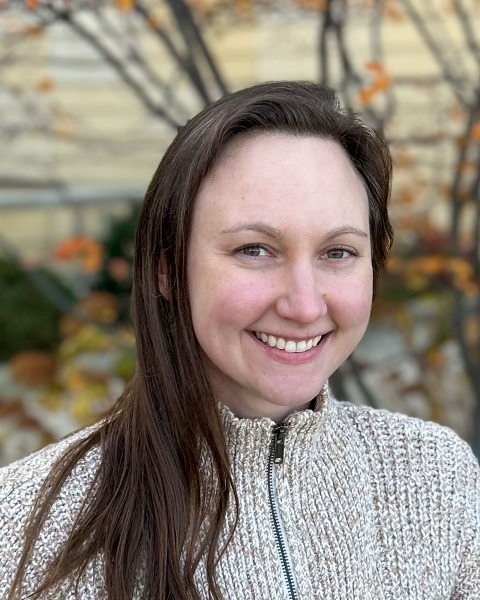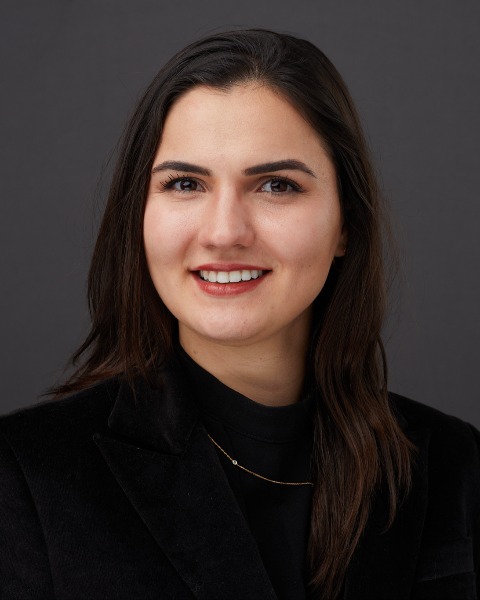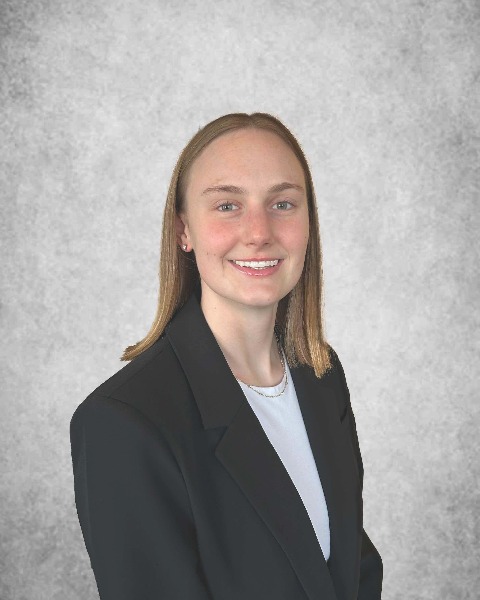Interventional Oncology
Safety and efficacy of histotripsy delivery through overlying gas-filled bowel in an ex vivo swine model

Meridith A. Kisting, MA (she/her/hers)
Research Assistant
University of Wisconsin Hospitals and ClinicsDisclosure(s): No financial relationships to disclose
- JW
Jim White, BME
Lab Manager
University of Wisconsin - Madison 
Sarvesh Periyasamy, PhD
Medical Student and Post-doctoral Researcher
University of Wisconsin School of Medicine and Public Health
Ayca Z. Kutlu, MD (she/her/hers)
Honorary Research Fellow
University of Wisconsin Madison
Adrienne L. Kisting, MS (she/her/hers)
Research Intern
University of Wisconsin-Madison- XZ
Xiaofei Zhang, MD PhD
Assistant Professor
University of Wisconsin 
Paul F. Laeseke, MD, PhD
Assistant Professor
University of Wisconsin
Martin G. Wagner, PhD
Assistant Professor
University of Wisconsin Madison- EV
Eli Vlaisavljevich, PhD
Associate Professor
Virginia Tech University - FL
Fred T. Lee, Jr., MD
Professor
University Of Wisconsin 
Timothy J. Ziemlewicz, MD
Professor of Radiology
University of Wisconsin Hospital and Clinics
Presenting Author(s)
Author/Co-author(s)
Histotripsy is an emerging clinical technique for the treatment of tumors in the abdomen and pelvis using mechanical cavitation to cause tissue destruction. To date, liver treatments centering gas-filled bowel in the therapeutic beam path have been avoided due to a concern for bowel perforation. This scenario will be critically important as the treatment is expanded to the pancreas. The purpose of this ex vivo study was to evaluate the safety and efficacy of treating through partial blockage by gas-filled small bowel centered in the therapeutic beam path with a clinical-grade therapy system.
Materials and Methods:
Histotripsy was performed with a custom clinical therapy transducer (Vortx Rx, Histosonics, Inc.). Sections of gas-filled small bowel from healthy swine were suspended 0 cm, 1 cm, and 2 cm above a 1.5% agar phantom in a degassed water bath. Six treatments (2.5 cm sphere) were performed for each of 5 groups: 1) control, no bowel, 2) bowel 0 cm above the phantom, 3) bowel 1 cm above, 4) bowel 2 cm above, and 5) bowel 0 cm above with voltage >2x the therapeutic level. Following treatment, the bowel was inspected for signs of air leak or injury and histologically evaluated. Measurements of the treatment zone were recorded. ANOVA and Bonferroni Correction were performed to assess for differences in treatment volume across and between groups, respectively.
Results:
Histotripsy treatments were observed in the phantom in each case. There was no visible injury to the small bowel, no evidence of an air leak, and no signs of bowel injury at histologically. Measurements of the treatment zones are summarized in Table 1. Overall, there was a significant difference in volume across treatment groups (p=0.004). Compared with control (5.2 cm3), therapy through overlying gas-filled bowel created significantly larger treatment volumes for the 0 cm increased voltage (8.4 cm3, p=0.001) and 0 cm (7.5 cm3, p< 0.001) groups.
Conclusion:
Histotripsy treatments through gas-filled bowel appear safe, as there was no pathologic sign of injury, and may enlarge the resultant treatment zone. Further evaluation with an in vivo model should be performed to confirm these findings.

.png)
.jpg)
.png)
.png)
.png)
.png)
.jpg)
.jpg)
.png)